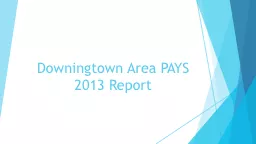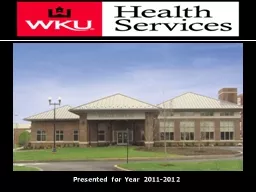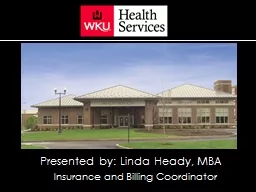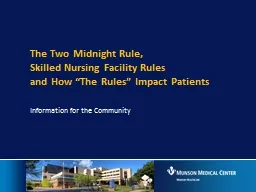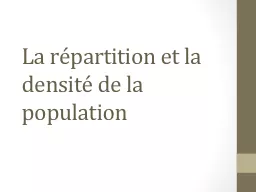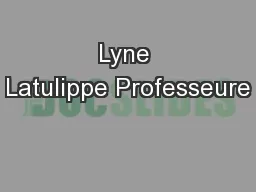PPT-Downingtown Area PAYS 2013 Report
Author : test | Published Date : 2016-06-14
What is PAYS The Pennsylvania Youth Survey PAYS is a student survey administered in oddnumbered years eg 2009 2011 2013 to youth in 6th 8th 10th and 12th grades
Presentation Embed Code
Download Presentation
Download Presentation The PPT/PDF document "Downingtown Area PAYS 2013 Report" is the property of its rightful owner. Permission is granted to download and print the materials on this website for personal, non-commercial use only, and to display it on your personal computer provided you do not modify the materials and that you retain all copyright notices contained in the materials. By downloading content from our website, you accept the terms of this agreement.
Downingtown Area PAYS 2013 Report: Transcript
Download Rules Of Document
"Downingtown Area PAYS 2013 Report"The content belongs to its owner. You may download and print it for personal use, without modification, and keep all copyright notices. By downloading, you agree to these terms.
Related Documents

